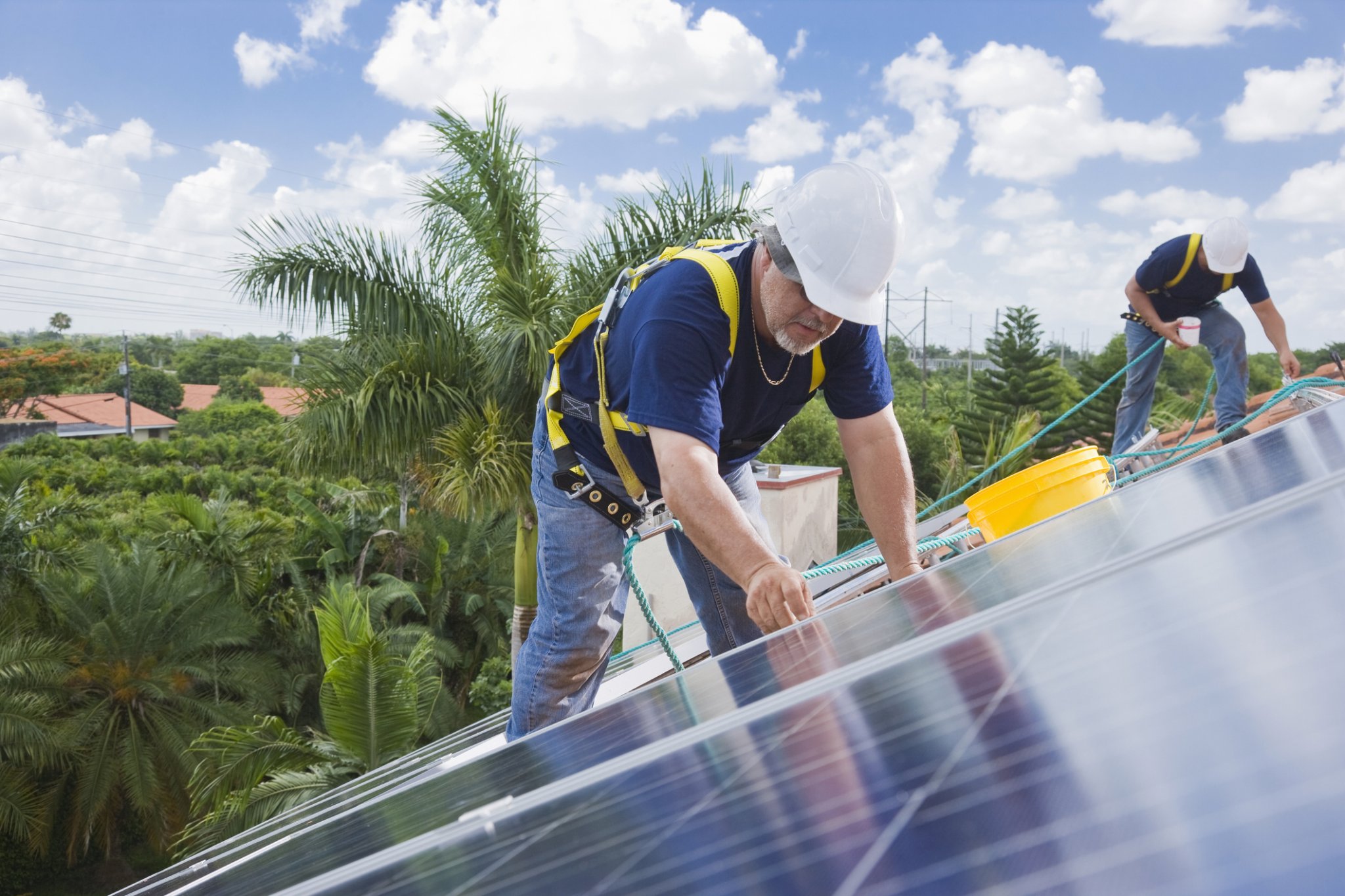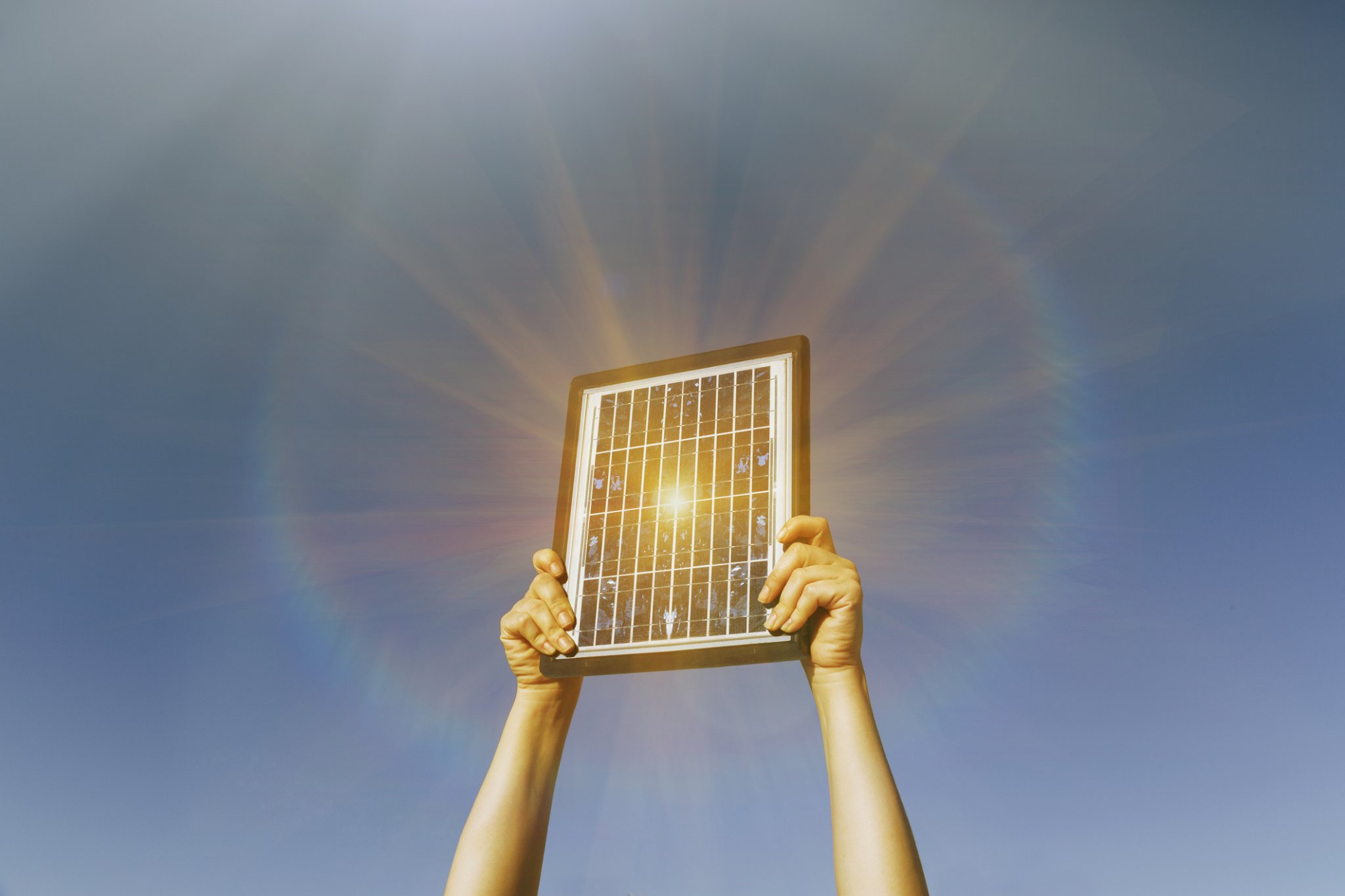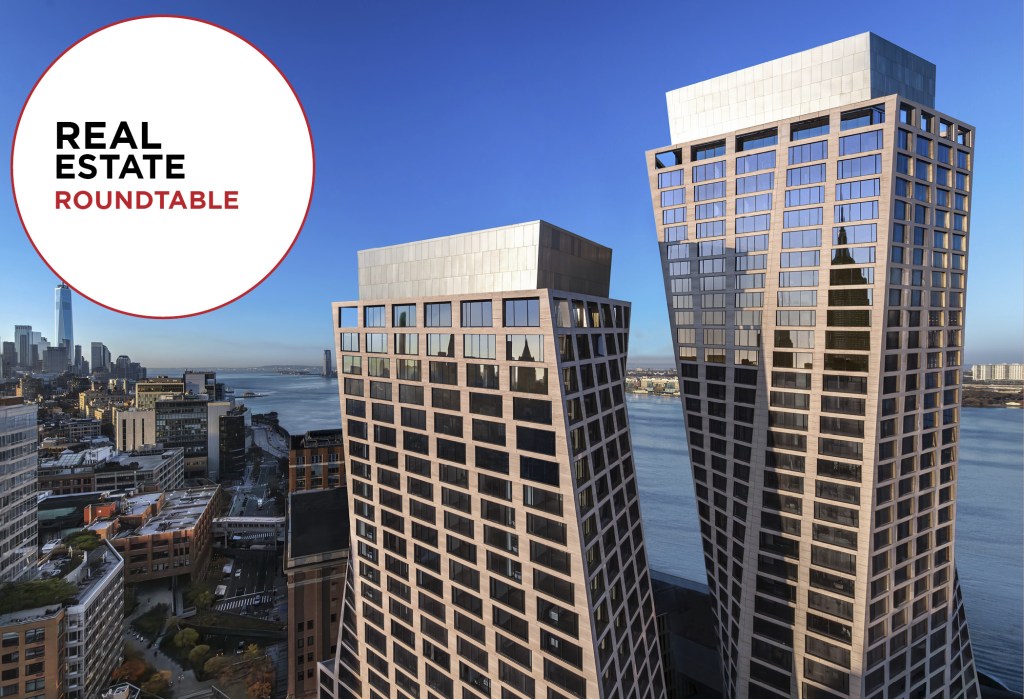Solar Slowdown: Rising Costs, Bankruptcies & Legal Battles Dim Florida's Energy Ambitions

Florida is famous as the Sunshine State, a rallying cry for vacationers looking for beaches and beautiful weather, so you might expect to see solar power going through the roof, so to speak, in the region. That same heat that has golfers sweating, after all, could be powering more homes. And solar is on the rise in Florida, but photovoltaic panels aren’t going up on residential roofs as quickly as they did recently.
If anything, solar may be facing a perfect storm in the region, amid bankruptcies, payment disputes and litigation that, it seems, might suit a title like “The Sun Also Sets.”
Matthew Herriford, owner of Big Orange Solar, an installer in the Palm Beaches region, did between 250 and 300 jobs in 2022 and 2023, but is now at around 80, not likely to reach 100, for this year. The solar residential rocket, if you can call it that, has stalled a bit.
Solar giants such as SunPower have been going bankrupt, as costs (due to inflation) and interest rates soared, making financing harder for companies and customers. And now Herriford’s engaged in litigation with Solar Planet Solutions which, he says, obtained money from loans to fund projects, but failed to pay his company hundreds of thousands for the work. Solar Planet Solutions didn’t return calls seeking comment.
Big Orange obtained liens on properties to try to recover what they say they’re owed. Solar Planet Solutions has an F rating with the Better Business Bureau, including eight complaints.
“Fifteen to 20 homeowners are getting notices about liens on their property,” Herriford said. “Homeowners would be forced to pay twice. Or we could foreclose their home.”
SHADOWS OF THE SUN
Florida is famous for its Sunshine State due to sunny weather and sandy beaches, a phrase that debuted on Florida license plates 75 years ago in 1949 and in 1970, the state legislature adopted it as the state slogan. But there are a lot of clouds in the solar power picture these days. The “O” in signs welcoming motorists to Florida may look like an orange sun, but solar installations are lagging.
“You’d be surprised how little solar there is. I’ve been to Hawaii, Arizona and California. There are areas where it seems like there’s solar everywhere,” said Garrett Serwatka, owner and CEO of Palm Beach Solar, a solar brokerage in West Palm Beach. “It’s surprising the lack of solar that there is, if you drive around neighborhoods, compared to the potential.”
Solar has been picking up in recent years, according to the Florida Solar Energy Industries Association. Florida had barely any new solar installations a decade ago, the group said. That grew to more than 500 megawatts of residential solar installed in 2022 and 2023, before a dip in 2024. Utility installations, the new face of solar, are soaring, pushing the annual amount to more than 3,000 megawatts a year.
There were 17,055 megawatts of solar installed in Florida as of 2023, enough to power more than 2 million homes, ranking third nationwide, according to the Florida Solar Energy Industries Association. About 8.15% of the state’s electricity comes from solar, including nearly 254,000 installations, employing more than 14,000 at more than 500 solar companies statewide. That includes 70 manufacturers, 253 installers and developers and 189 other businesses, according to FSEIA.
About $24.5 billion has been invested in solar statewide, as prices tumbled 37% over the last 10 years with 19,367 megawatts of new solar projected over the next five years, third nationwide. Yet, Florida’s solar industry today is suffering from what you might call major sun spots.
THE INTEREST RATE ALSO RISES
While residents hate high utility costs, they are actually “good” for the solar industry, prompting people to invest in solar to save money. Florida Power and Light, ironically, has been holding down rate increases, making it tougher to save money by switching and slowing an exodus to solar.
“FPL hasn’t raised prices on electricity sufficiently to incentivize the market to go solar,” Herriford said. “If the prices were more, it would be more attractive to go solar.”
It’s simply tougher to find savings these days, so “there isn’t a rapid acceleration,” Serwatka added. “The growth rate is less than it was two years ago, but it’s still growing.”
Rising interest rates are hiking financing costs, further suppressing growth. Systems cost easily$15,000 to $200,000, which means many people finance, making them vulnerable to rising interest rates.
“With interest rates as high as they are, it’s harder. The industry has taken a turn in the wrong direction,” Herriford said. “You work around it by changing your target market to wealthier people who can afford to pay cash.”
Others agreed that financing costs cast a pall on solar for those who have to borrow to build.
“Solar financing can be expensive,” Serwatka said. “When people have cash available for solar, they get the best deal on it.”
Solar in recent years led to big savings, but Serwatka said that “now it’s closer to their bill” and may even cost more than FPL charges.
Herriford said Florida solar today is largely “a market of people paying cash,” although it’s possible to get good financing from credit unions and small banks, and those with good credit may qualify for home equity loans.
“The market of people getting solar is a wealthier market. Before it used to be the regular Walmart shopper looking to save forty or fifty bucks a month,” Herriford added. “As soon as interest rates go down, that’ll make a big difference.”

UTILITY PLAYERS
Solarinsure.com says high interest rates, rising costs and lower adoption are fueling solar bankruptcies. The site said there will be at least 100 solar bankruptcies in 2024, “a number unseen before in our almost 20 years in the solar sector.”
In addition to SunPower, doing business in many states, some other bankruptcies hit Florida.MC Solar- Modern Concepts and Kayo Energy, which both have done business in Florida, both filed as did Electriq Power, SolarDot, Voltage Solar Power and 3D Solar.
“Solar contractors typically rely on borrowed capital to finance their operations and projects,” according to Solarinsure.com. “The rise in interest rates significantly increased their cost of capital.”
Different Florida utilities have made solar easier or more difficult to implement for installers. FPL in Palm Beach County is easier to work with, while Lake Worth Beach Utilities, a cooperative, can be tougher, Serwatka added. Both limit how much solar you can install on each roof.
“They don’t want someone who uses a little bit of energy to get massive solar and send it back to the grid,” Serwatka said.
You’re supposed to install amounts based on your annual electric use, but new houses may be able to install more, he said. Solar needs to be sized properly, typically at a little more than homeowners use annually.
Net metering lets you sell unused solar back to the grid for a credit that you can use then or later in the year to defray power costs.
“You can generate more than you use, and send it back to the grid through net metering for a one-to-one credit,” Serwatka said. “You may under produce one month, but you carry over. The goal is to produce a little more than 100 percent that you use annually.”
TAXING TIMES
The federal government’s 30% solar tax credit returns 30% back on your taxes, assuming you pay taxes.
“That’s a huge incentive,” Serwatka said. But there are no similar state tax incentives, because Florida has no such state tax, unlike many states.
Insurers, Serwatka added, can jack up rates to cover the cost of insuring houses with solar panels, especially if they provide more than 11.7 kilowatts. He said insurers may require roofs be replaced frequently, every 12 years or so, even if roofs could last as long as 30.
“That means you have to take the solar panels off and put them on again,” Serwatka said. “Some roofers remove the panels for you as a value proposition.”
High interest rates are making leasing more appealing than a few years ago, boosting business for those who do lease. Installers in leases collect tax credits, which they typically roll into deals.
“Three years ago, when interest rates were low, nobody did leases,” Serwatka said. “There are cycles. Sometimes leasing is popular. Sometimes financing is popular, depending on interest rates and incentives.”
HOMEOWNER HEADACHES
Solar faces other complications, from homeowner associations, common in Florida, that “tend to want to control a lot,” which can intimidate residents, Serwatka said. “They assume they will say ‘No’ to solar, because they say ‘No’ to planting a bush or a certain color fence,” he added.
But he said HOAs in Florida “are not allowed to make decisions affecting the solar production of the house.”
When companies go bankrupt, others launch “orphan programs,” servicing panels installed by companies that went out of business. So the panels can get service even if the installer, or manufacturer, is gone.
Herriford said some companies install, but don’t hook up panels to the grid, leaving Florida homeowners with panels, but no power. Homeowners sign certificates of completion, allowing companies to get paid by banks, only to find the panels don’t function.
“The system doesn’t work and people pay for things they can’t use,” Herriford said. “We get them connected. It costs a couple of thousand dollars at least.”
There are, however, some good things going on. Solar is still going strong and, because the solar industry took a downturn, there’s a surplus in materials. “The pricing for the panels has gone down at least a half and in some instances a third,” Herriford said.
And while residential solar rise has slowed, commercial solar farms, built by companies such as FPL, are catching on. “These are increasing their solar amount at an amazing rate,” Serwatka said.
Businesses are tapping solar, as large rooftops are used for larger solar projects. “Commercial solar’s great. They can put panels on their roof and get their tax credit,” Serwatka added. “And they can run their business partially on solar.”
There’s the risk of high winds hitting panels in Florida, although actions can be taken to prevent that. It’s important to spec the right panels, making sure they are made by stable companies and rated above 175 mile and hour winds. “That’s a hoop to jump through,” Serwatka said. “But it’s very important.”
Meanwhile, Big Orange is chasing hundreds of thousands of dollars it says it is owed. And some residents who took loans are finding out they never reached the subcontractor who did the work.
Bill Hoysradt, the president of Abundant Energy who until recently worked for Solar Planet Solutions, said Big Orange hasn’t been fully paid for work after residents signed off, releasing money from banks that went to Solar Planet.
“In order for the subcontractor to get paid, he’s had to put liens on homes of people that he did work for,” Hoysradt said. “They already had a loan taken out for this project. And the funds of that loan have been dispersed.”



